The HTC One M9 Review: Part 1
by Joshua Ho on March 22, 2015 7:00 PM EST- Posted in
- Smartphones
- HTC
- Qualcomm
- Mobile
- Snapdragon 810
- One M9
Software: Sense 7
On the software side of things, HTC has refreshed Sense for its latest incarnation, but the changes are relatively few and we’ve generally covered most of them in the launch article, but it’s still well worth going over again. With this new generation of Sense, HTC seems to be more focused upon refining Sense rather than a major redesign. To this end, they’ve introduced a few new key features, but everything else has had only a few minor changes in terms of aesthetics in order to clean things up.
The first major feature that HTC wants to highlight is Sense Home, which is effectively a system that relies on location and time of day to present applications and to avoid cluttering home screens with a sea of icons, as HTC puts it. To this end, I found that the system actually works pretty well, but I’m not really sure if it’s all that valuable as I tend to use a small set of the same applications regardless of location and the time of day. I think the harder problem that HTC needed to solve to really make this a compelling experience is to try and predict cases where applications aren’t on a homescreen but are likely to be used in the near future. However, the problem here is that Google Now basically solves that problem as well. As a result, power users aren’t really going to be very interested in using this widget. There are also some issues with how the app requires a “recommended apps” folder, which ends up rather intrusive in practice feels closer to sponsored placement than anything else.
The other features HTC highlighted as new additions were additional personalization and lock screen recommendations. In general, these are definitely helpful additions to the UI. The personalization allowed on the on screen buttons makes it possible to do things like enable and disable rotation, hide the on screen buttons, put the phone to sleep, open the notification drawer, or open the quick settings drawer. The ability to customize and rearrange these navigation buttons is definitely a neat feature, and it’s good to see that HTC is taking advantage of the on screen buttons even if it isn’t a novel idea.
Themes were the other aspect that was meant to make Sense 7 more personal for the end user, and this is probably the single biggest change to Sense 7 when compared against the previous version. HTC has really made it easy to customize themes with a single tap, by taking a wallpaper or any photo and automatically generating icons, backgrounds, and color schemes based upon the photo given. In addition, it’s possible to download themes from HTC’s theme application, and it’s also possible to make a custom theme online for extra control. In practice, after testing out the theming system, I’m not really sure that the default system is really all that useful. It does work as promised, but the results aren’t really going to fit with anything that follows Holo or Material Design guidelines. I definitely think that someone that makes a determined effort could make a compelling theme, but this is by no means guaranteed.
The final change is to the lock screen, which introduces food and drink recommendations on the lock screen. Once again, there’s a sense that this isn’t done purely for the sake of user experience, but in my experience this aspect of Sense is at least somewhat helpful, even if most suggestions end up being ignored. In practice, I’m not sure that a lot of users will find this feature all that helpful, and there is some level of concern that such location polling could reduce battery life, but it’s hard to notice such impacts without extensive usage and comparison.
Outside of these changes, Sense 7 is mostly composed of cosmetic changes. These do help to make the UI look a bit more modern, but HTC definitely needs to do a redesign to make everything fit in with material design. Unfortunately, it’s rather hard to show this with pictures as so much of Material Design is focused on animations which help to introduce a sense a continuity. While Lollipop’s animations help to make it feel like everything is grounded in a certain way, Sense 7 seems to have some rather jarring animations, such as returning to home screens without any real transition at all. There are cases where HTC does get this right, like the quick settings menu, but in general this seems to be a weakness of Sense 7.
Overall, Sense 7 remains a relatively strong UI, even if the additions over Sense 6 aren’t particularly compelling. HTC has managed to do a good job here, but future versions definitely need to focus more strongly on keeping up with Google’s design guidelines. There also seems to be some minor frame drops in rare cases in the UI, which seems to suggest either that Sense 7 isn’t as optimized as Sense 6 or that the Snapdragon 810 isn’t able to ramp up as quickly to respond to demand as previous SoCs.


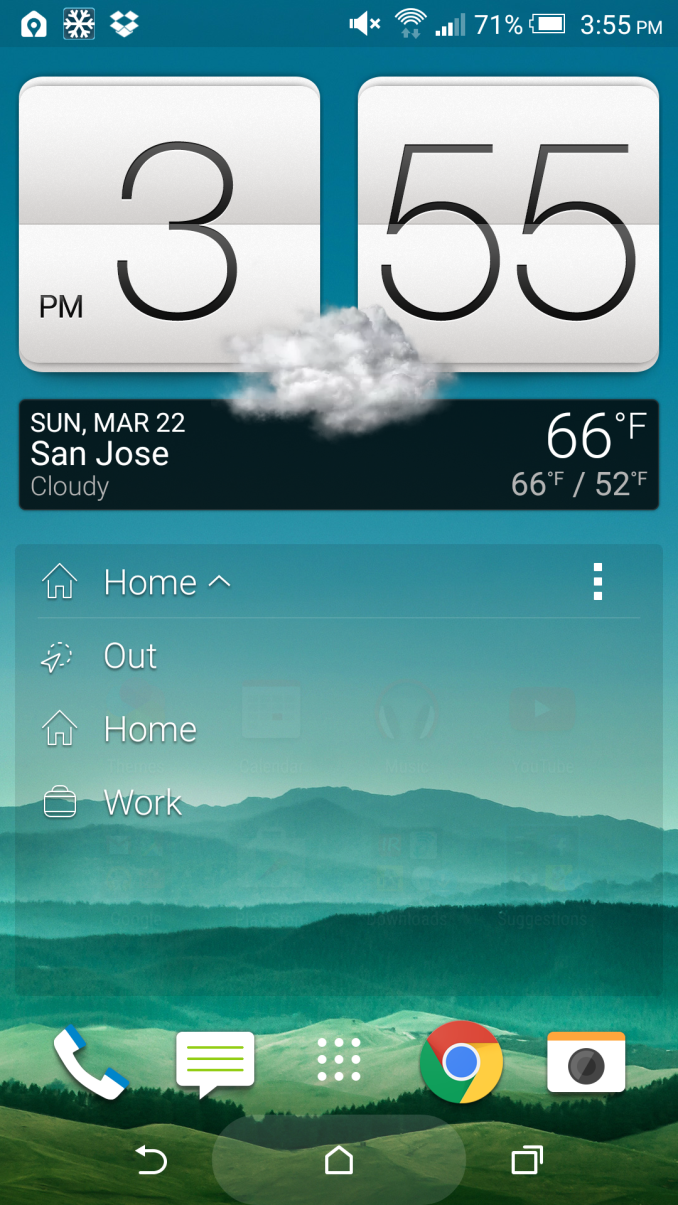
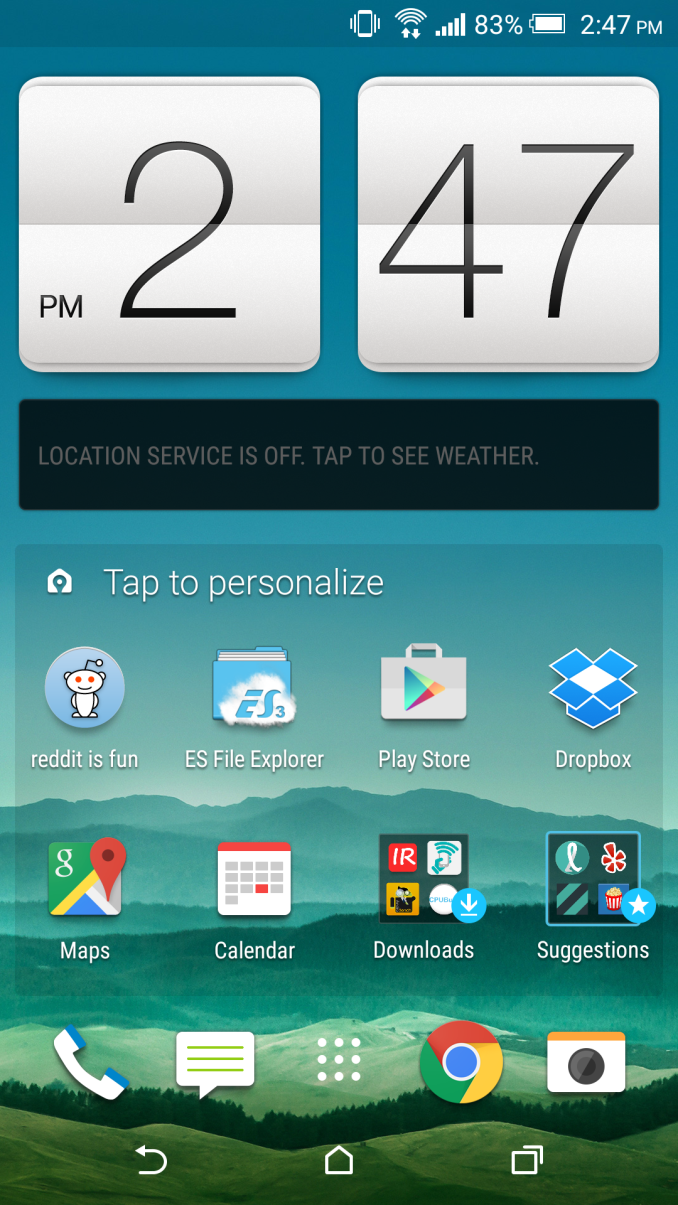
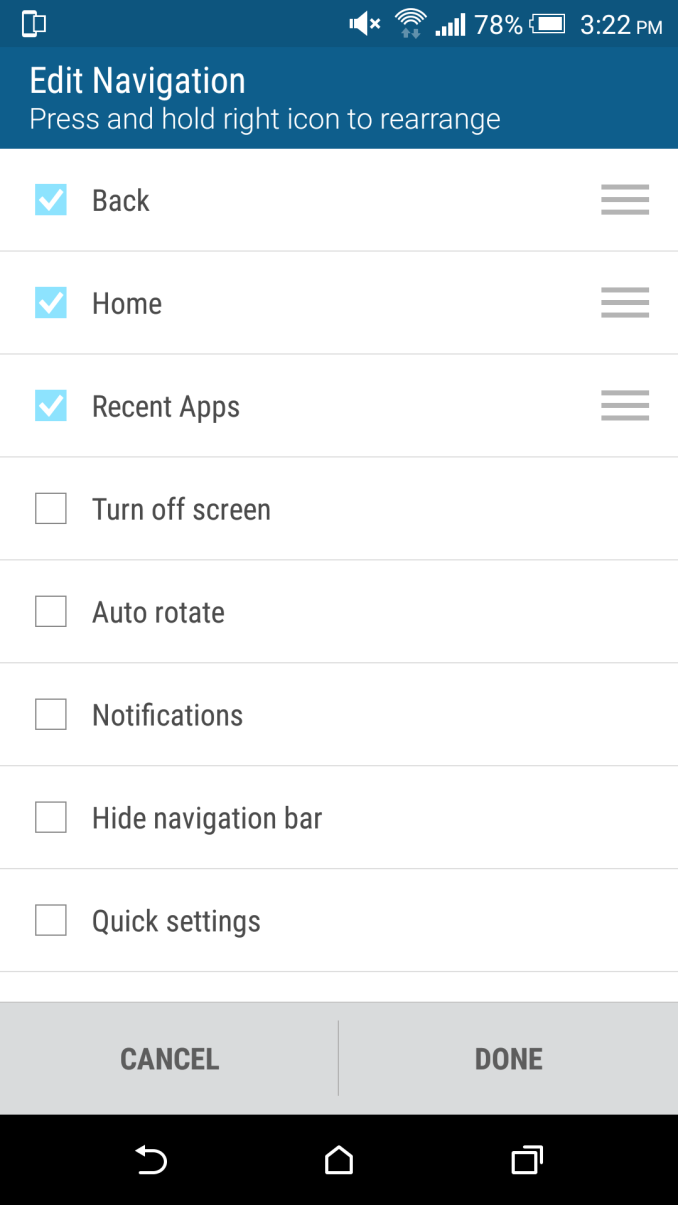
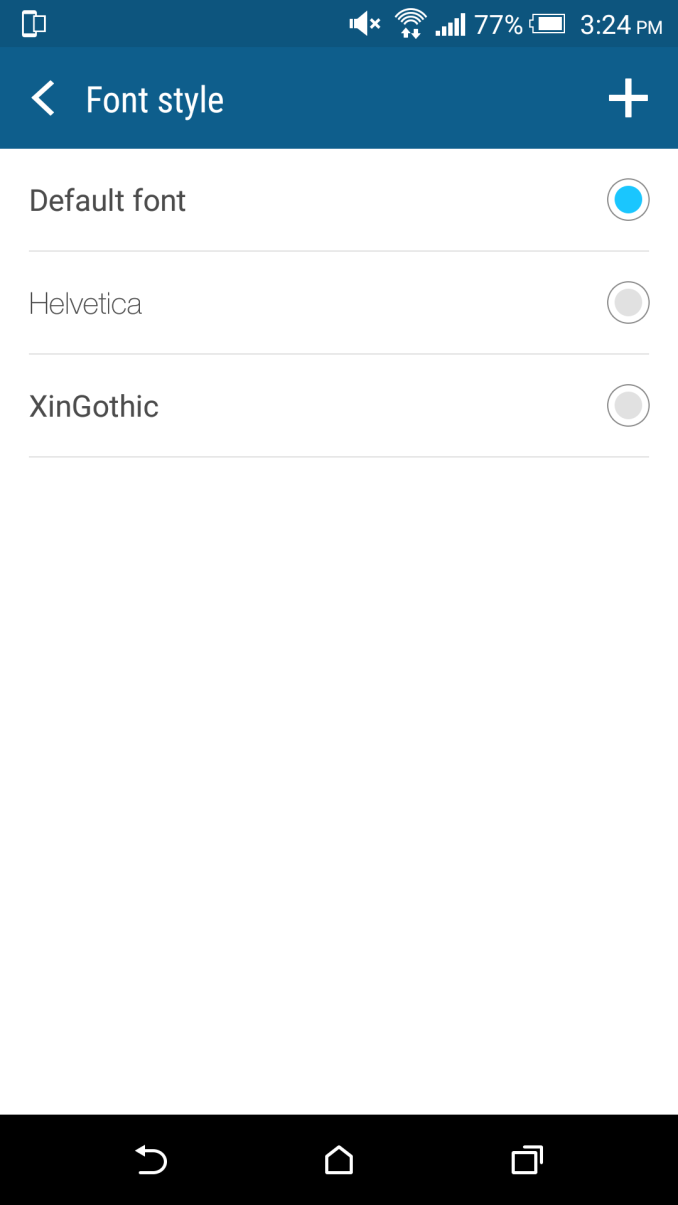
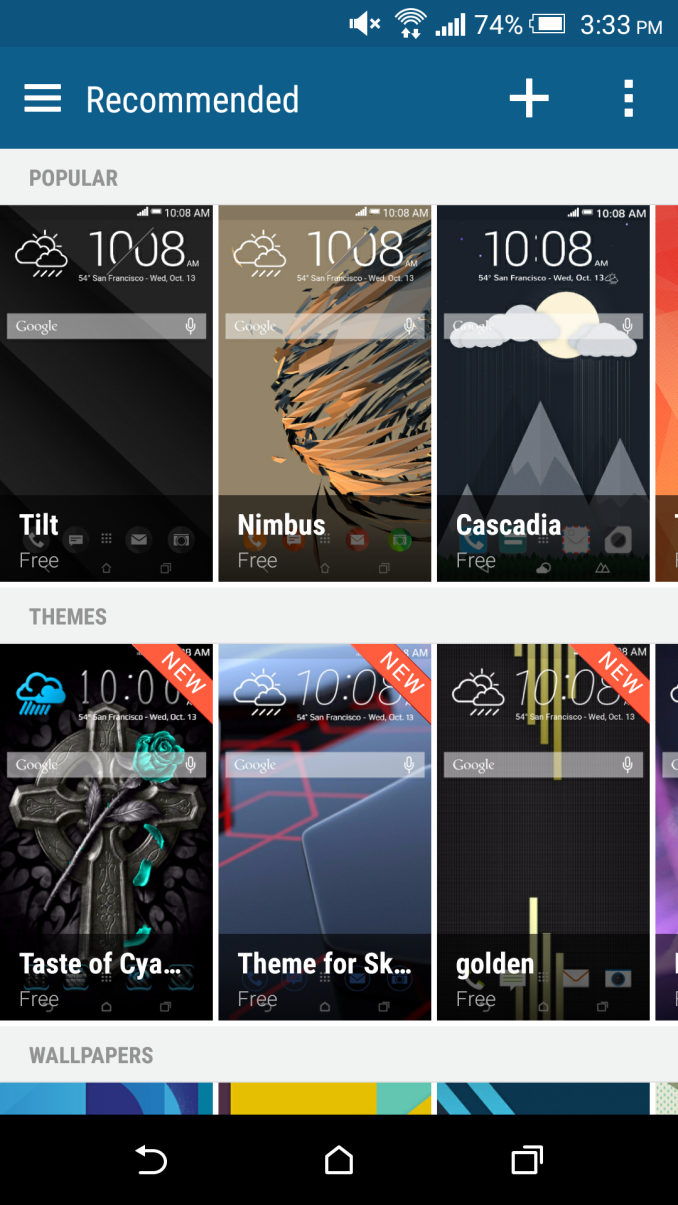
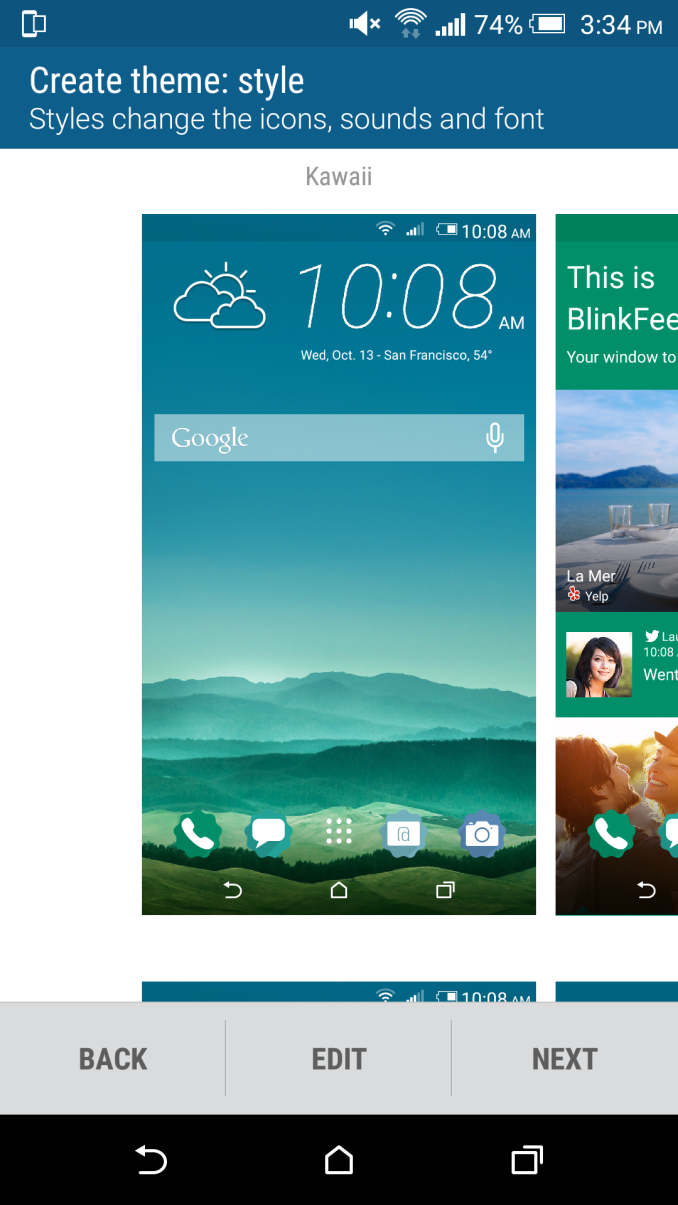
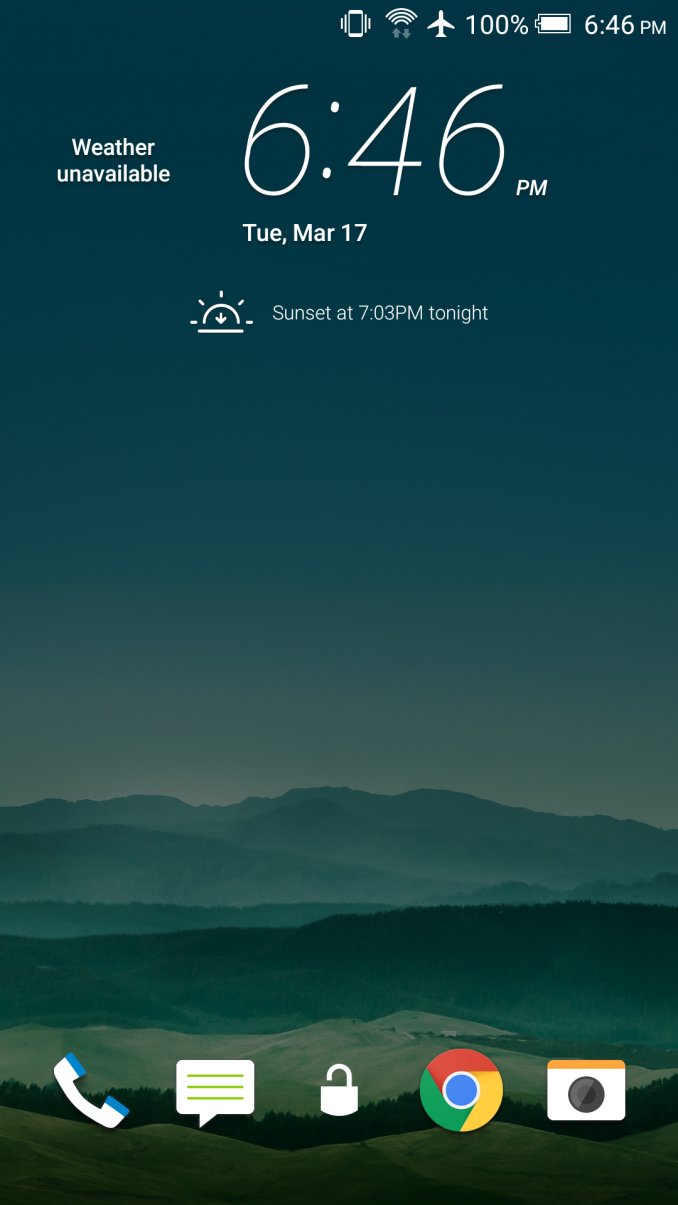
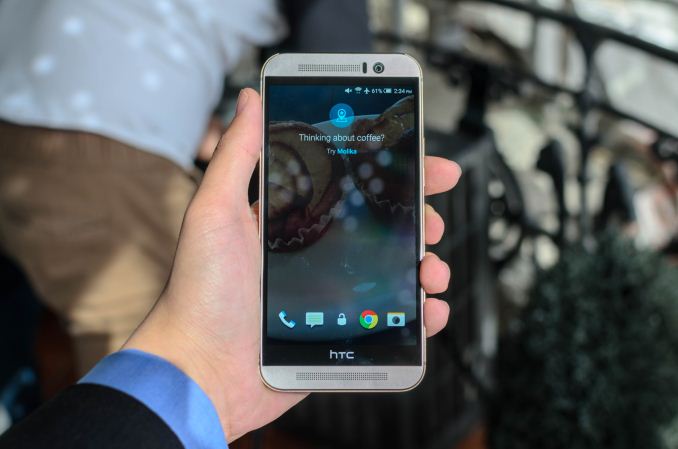
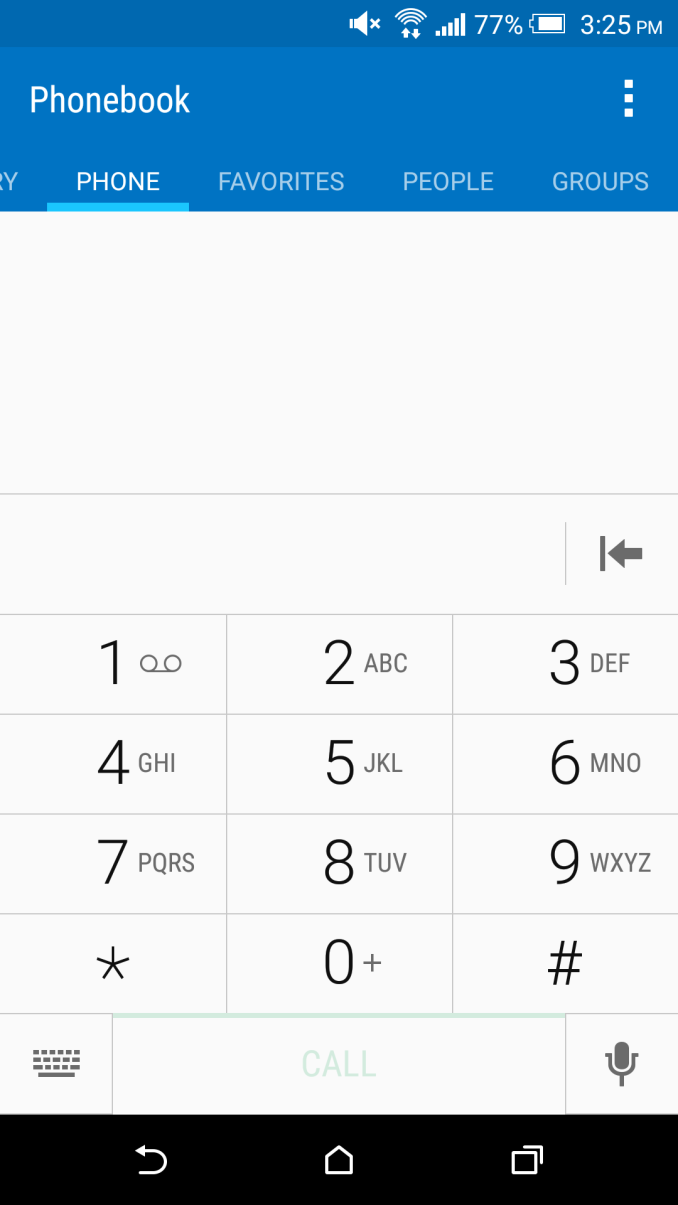
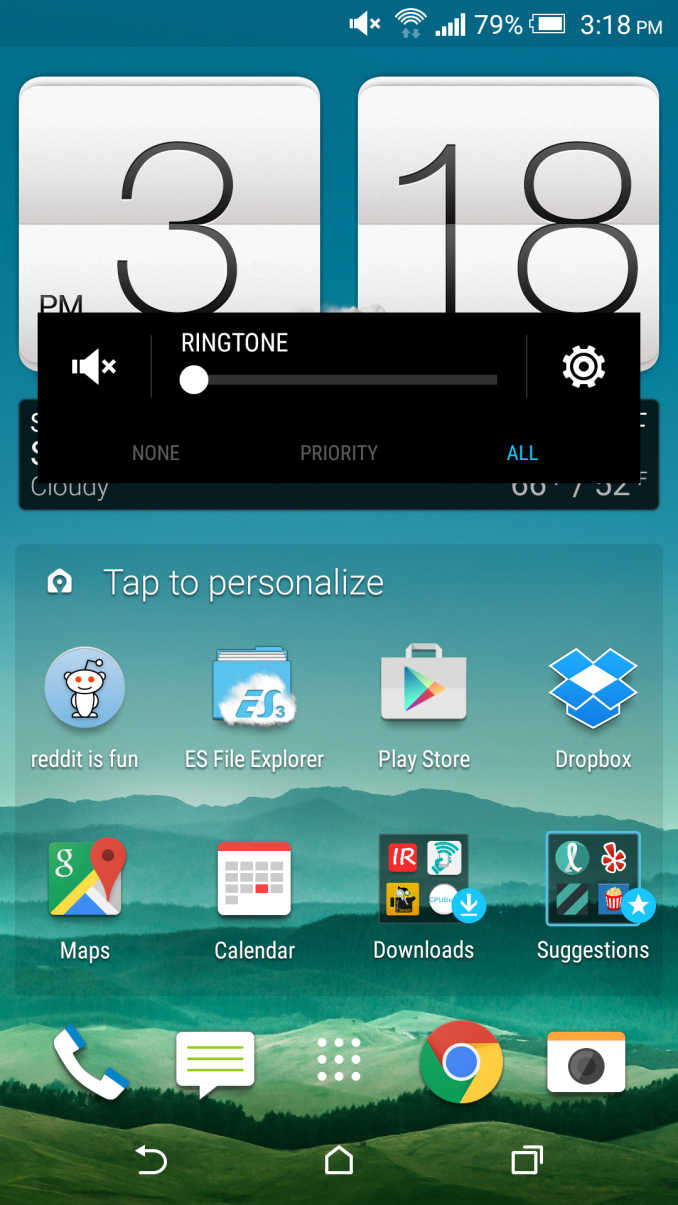
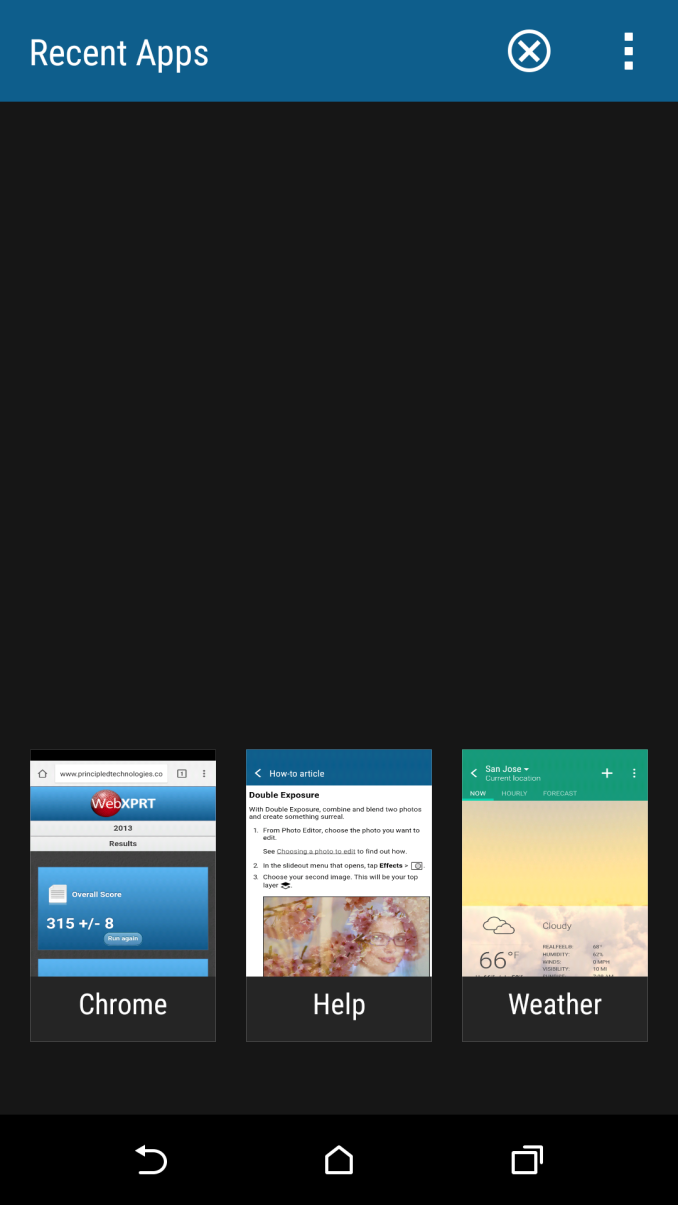
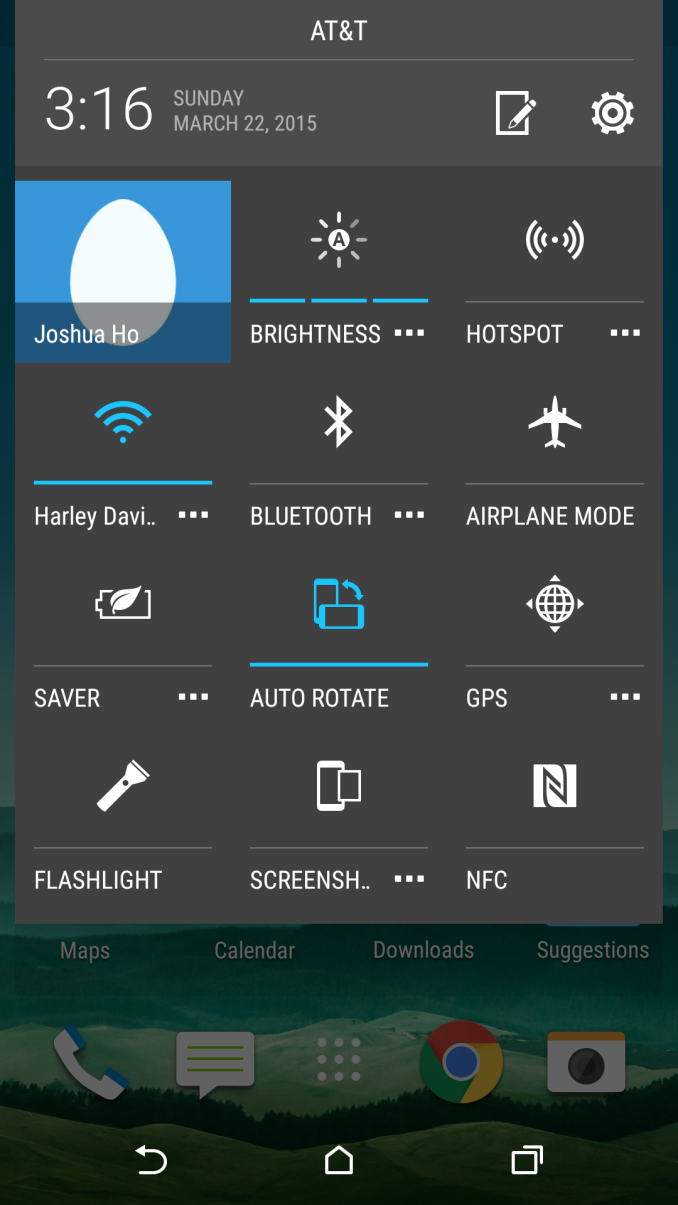








132 Comments
View All Comments
Gunbuster - Monday, March 23, 2015 - link
So let me get this right, It's practically indistinguishable from the old M8 design wise, has an under-clocked SOC, worse screen, no Qi, and they still haven't fixed the giant wasted HTC bezel space...flyingpants1 - Monday, March 23, 2015 - link
They just keep doing the same design over and over again... The metal is nice, but they should drop it IMHO.flyingpants1 - Monday, March 23, 2015 - link
In favor of wireless charging and larger battery. One Asian version of the HTC M7 HAD A 3200mah battery, but no LTE.pt2501 - Monday, March 23, 2015 - link
I think that with the recent change in software, Anandtech should be commended with releasing some review data on the HTC ONE M9 even in an incomplete state. This review might save someone who has been chomping at the bit from making a potential mistake.With that said and taking into account the disappointment with Snapdragon 810, I would ask and believe that it is about time we got a review of the Droid Turbo. It is one of the only phones to have the 805 refresh and i don't understand why such a major release for Motorola went without any review by Anandtech. I mean AT reviewed that POS Moto X but the real flagship phone went completely unnoticed. Aside from the GS6 and Sony Z3C there really are no other phones worth buying as of right now.
Please reconsider AT and review the Turbo. While the display is far from perfect, most other aspects are quite nice for the price.
SeannyB - Tuesday, March 24, 2015 - link
The Droid Turbo is made significantly less compelling by the fact that it's exclusive to Verizon, unlike the Moto X & Nexus 6. When was the last time AnandTech reviewed a Droid?DParadoxx - Monday, March 23, 2015 - link
Where is the Nexus 6 in these graphs?JoshHo - Monday, March 23, 2015 - link
Given that we have multiple S805 devices in the graphs we decided that it would be best to leave Nexus 6 results out. They can be seen in Bench or in previous reviews.hanseome - Monday, March 23, 2015 - link
I am sure that Samsung Galaxy S6 is the only phone announced with LPDDR4. I am really surprised to see HTC M9 with LPDD4.Madpacket - Monday, March 23, 2015 - link
Looks like the Note 4 is still the best Android phone. Disappointed by HTC here.Guest8 - Monday, March 23, 2015 - link
I can't believe my Nexus 5 still holds up LOL. I was thinking about getting the Zenfone 2 but 5.1 came out and fixed a lot of bugs and I am back to being happy again. My brother has the M7 I may just help him flash GPE to get 5.1 on his device and call it a day. I would love to see the Zenfone 2 in these benchmarks. I wonder if Anandtech will do a review?